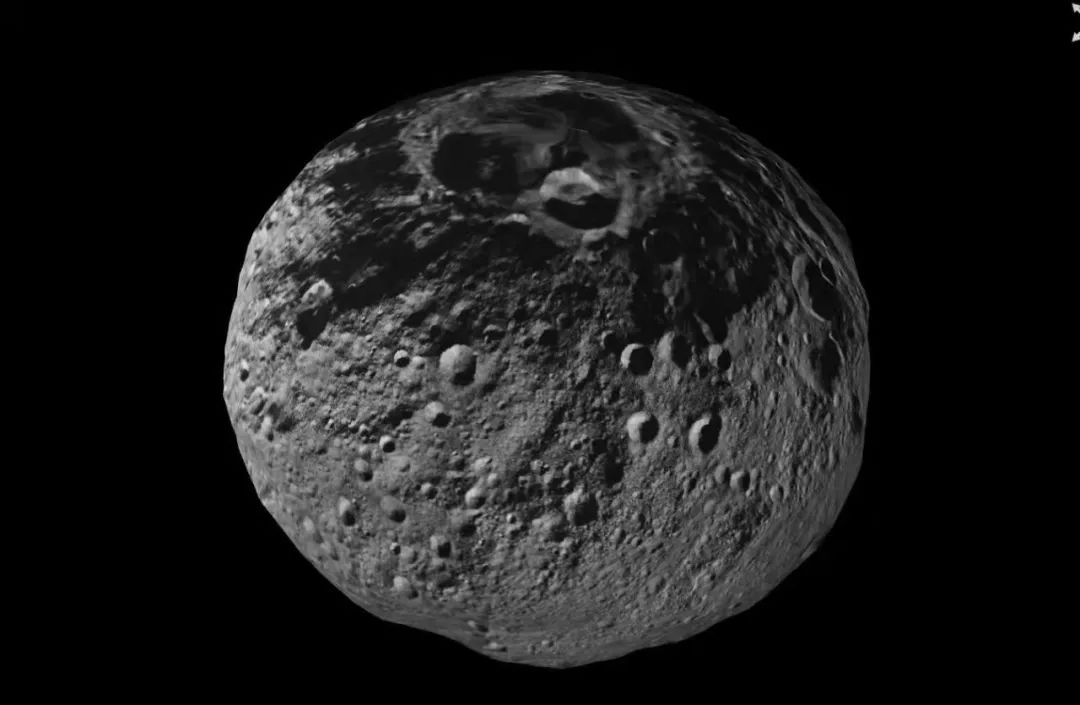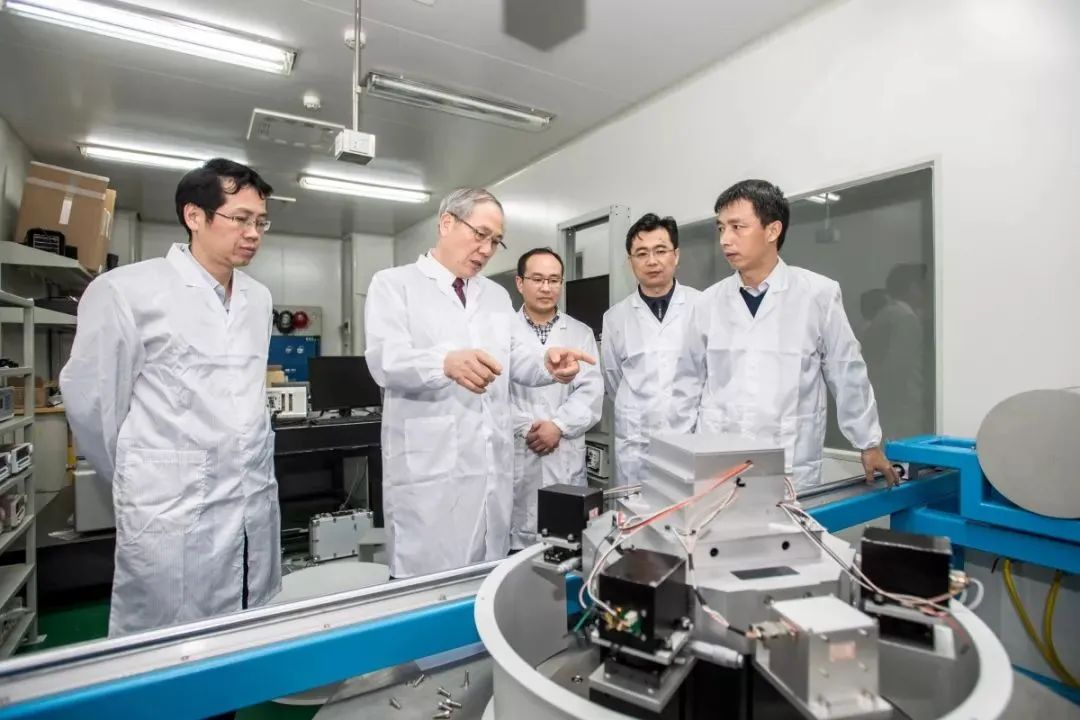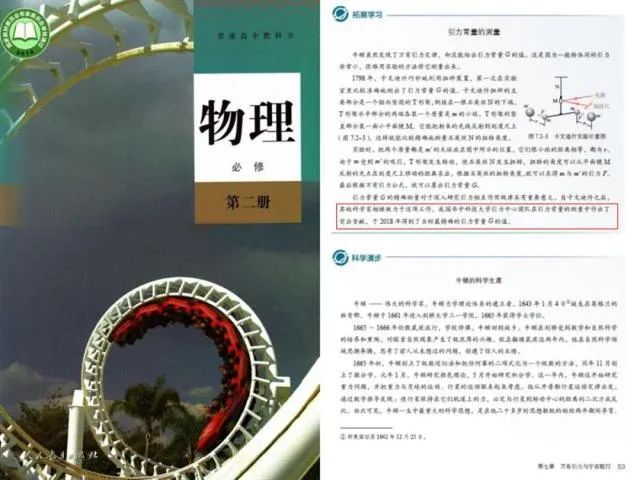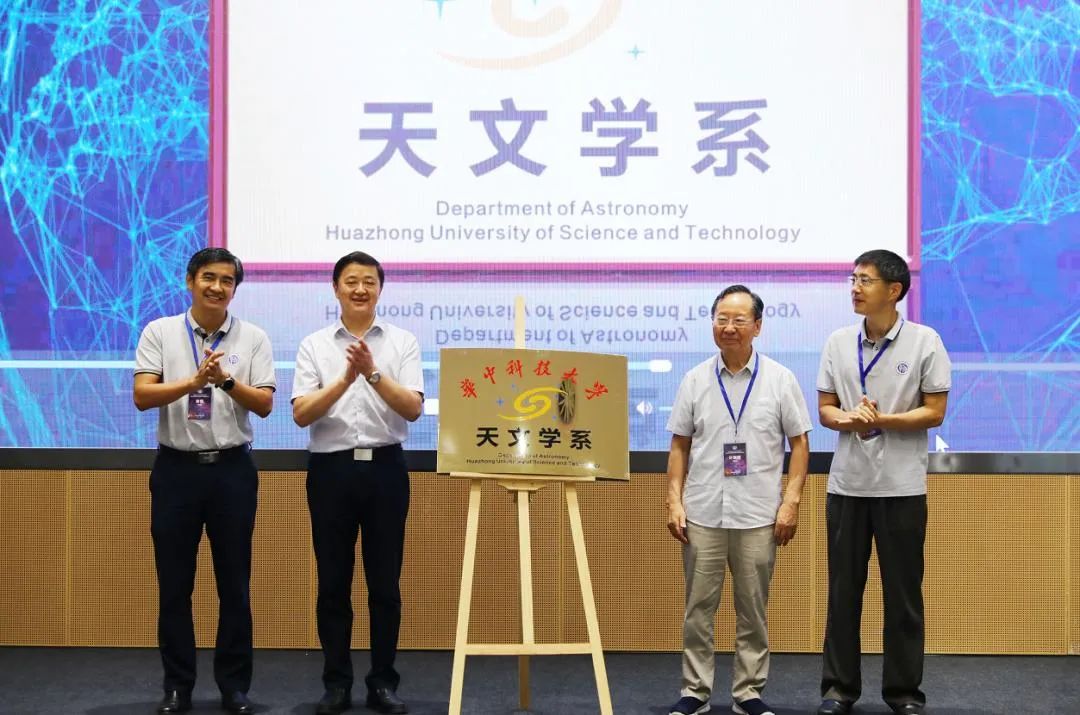
即将迎来70周年校庆的华中科技大学收到一份来自太空的礼物。国家天文台宣布,将永久编号52487号小行星命名为“华中科技大星”。编号:5248752=华中科技大学建校年份1952=“吾爱”487=华中科技大学在教育部中的备案号10487。3月21日,“华中科技大星”命名发布仪式在线上线下举行。
Huazhong University of Science and Technology (HUST), who is about to celebrate its 70th anniversary, has received a gift from space. The National Astronomical Observatories of the Chinese Academy of Sciences (NAOC) announced that the asteroid with everlasting code 52487 was named Asteroid Huazhongkejida (Chinese pinyin of HUST). The first two numbers, 52 in the asteroid code, are related to the founding year of HUST, 1952, and the pronunciation of 52 sounds like "I love" in Chinese. The last three numbers, 487, are consistent with HUST’s recoded number in the Ministry of Education, 10487. On March 21st, the naming ceremony of Asteroid Huazhongkejida was held online and offline.

罗俊院士带引力中心团队做研究Academician Luo Jun conducted research with the Gravity Center team
今年是华中科技大学校庆70周年,获得小行星命名权不仅是崇高的荣誉,更代表着对学校的肯定。华中科技大学被誉为“新中国高等教育发展的缩影”,培养了大批优秀人才,服务国家创新驱动发展战略,在疫情防控、脱贫攻坚中彰显担当。学校积极推动物理、天文和空间科学等交叉学科发展。
This year marks the 70th anniversary of HUST. Obtaining the right to name an asteroid is not only a lofty honor, but also an affirmation. Known as "the epitome of higher education development in China", HUST has cultivated a large number of outstanding talents who serve the national innovation-driven development strategy and take responsibility in epidemic prevention and control and poverty alleviation. Besides, HUST actively promotes the development of interdisciplinary subjects including physics, astronomy and space science, etc.

万有引力G值研究成果收入教科书
Measured out the most precise Gravitational Constant G in the world, which is written into textbooks of China’s middle school

天文学系成立HUST Department of Astronomy established
1983年10月,学校开始筹建实验室天体物理教研室(挂靠物理系),1996年组建天体物理团队,2014年在物理学院成立粒子与天体物理研究所,2019年正式成立天文系,开启了中国中部地区天文学科发展和人才培养的先河。2014年3月,罗俊院士在校提出“空间引力波天琴计划”,2019年天琴一号顺利发射,开启了测地观天新事业。2020年加入“中国空间站巡天望远镜粤港澳大湾区科学中心”。2021年成立国家天文台-华中科技大学“天眼联合研究中心”,推动中部地区天眼FAST相关科学研究和人才培养。
In October 1983, HUST began to build the laboratory of astrophysics (affiliated to the department of physics). In 2014, the Institute of Particle and Astrophysics was further established in the School of Physics. In 2019, the Department of Astronomy was officially established, opening up a precedent for the development of astronomy disciplines and talent cultivation in central China. In March 2014, Academician Luo Jun proposed the "TianQin Project of Space Gravitational Wave". In 2019, TianQin experimental satellite(No. 1) was successfully launched, opening up the new career of geodesy and sky observation. In 2020, HUST joined the "Science Center of Guangdong-Hong Kong-Macao Greater Bay Area of Chinese Survey Space Telescope (CSST)". In 2021, the NAOC-HUST "FAST Joint Research Center" was established to promote scientific research and talent cultivation of FAST in central China.
